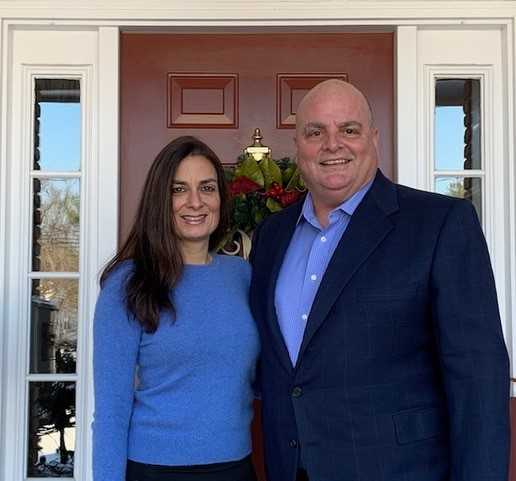Investor Profile
Vince and Noelle Mora ACHIEVING WORK-LIFE BALANCE Achieving a “work-life” balance is a basic human need and desire that everybody strives for, but few ever achieve. For Vince and Noelle Mora, that is the very reason they started VinLex Ventures LLC, an independently owned and operated HomeVestors® franchise, in 2014. “I needed to be my own boss and get some balance in my life,” said Vince. “I needed to avoid
Read More












